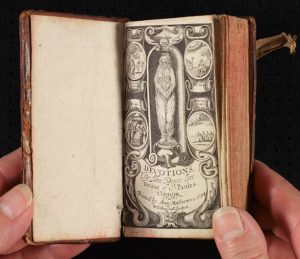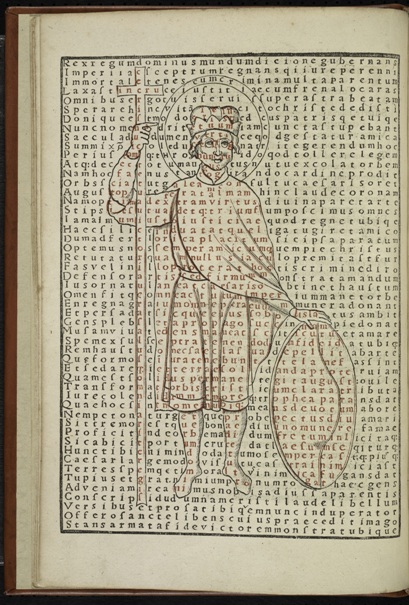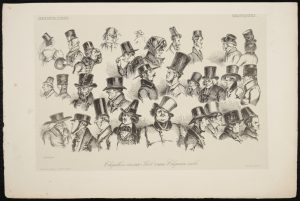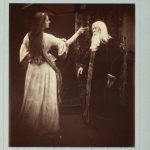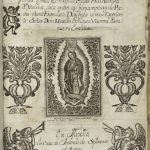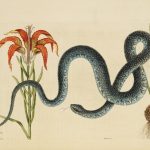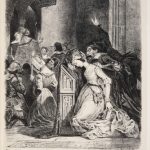A standing-room-only crowd assembled last evening in the Pleasants Family Assembly Room at Wilson Library to hear eminent art historian Prof. David Freedberg deliver the 14th Hanes Lecture, presented by the Hanes Foundation for the Study of the Origin and Development of the Book.
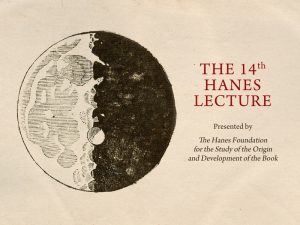 The audience was rapt as Prof. Freedberg spoke eloquently on “Pictures, Books, and Science: From Description to Diagram in the Circle of Galileo.” The lecture was long, but attention never wavered! The 17th- century quest to record the natural world by descriptive book illustrations vs. schematic diagrams and charts had all eyes focused on the projected images, and all ears following the speaker’s every well-chosen word.
The audience was rapt as Prof. Freedberg spoke eloquently on “Pictures, Books, and Science: From Description to Diagram in the Circle of Galileo.” The lecture was long, but attention never wavered! The 17th- century quest to record the natural world by descriptive book illustrations vs. schematic diagrams and charts had all eyes focused on the projected images, and all ears following the speaker’s every well-chosen word.
Indeed, the lively evening fulfilled the Chapel Hill Rare Book Collection’s mission to promote rigorous intellectual thought – and joy. Everyone was smiling as Prof. Freedberg finished his lecture with the famous telescopic moon renderings. Of course – the moon belongs to everyone, the best things in life are free!
With this resounding success, the Rare Book Collection looks forward to continuing the distinguished Hanes Lecture series on the history of the book in the years ahead.





